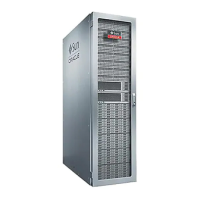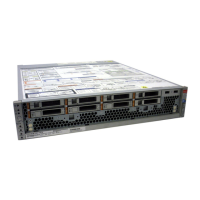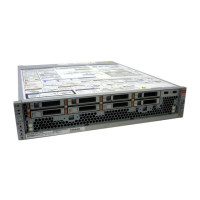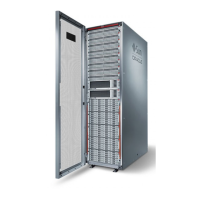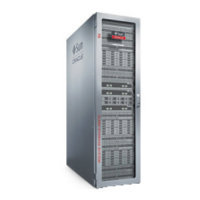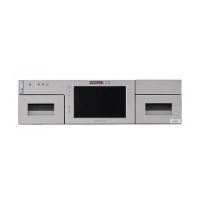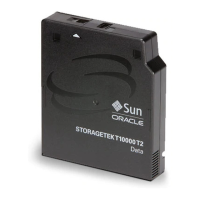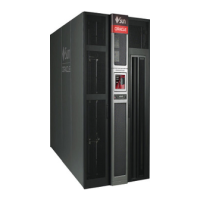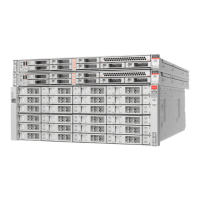Configuring SRP Targets (CLI)
TABLE 30
SAN iSCSI Initiator Properties
Property Description
Initiator IQN The IQN for this initiator.
Alias A human-readable nickname for this initiator.
Use CHAP Enables or disables CHAP authentication
CHAP name If CHAP authentication is used, the CHAP username.
CHAP secret If CHAP authentication is used, the CHAP secret.
When planning your iSCSI client configuration, you'll need the following information:
■
What initiators (and their IQNs) will be accessing the SAN?
■
If you plan on using CHAP authentication, what CHAP credentials does each initiator use?
■
How many iSCSI disks (LUNs) are required, and how big should they be?
■
Do the LUNs need to be shared between multiple initiators?
To allow the Appliance to perform CHAP authentication using RADIUS, the following pieces
of information must match:
■
The Appliance must specify the address of the RADIUS server and a secret to use when
communicating with this RADIUS server
■
The RADIUS server (e.g. in its clients file) must have an entry giving the address of this
Appliance and specifying the same secret as above
■
The RADIUS server (e.g. in its users file) must have an entry giving the CHAP name and
matching CHAP secret of each initiator
■
If the initiator uses its IQN name as its CHAP name (the recommended configuration) then
the Appliance does not need a separate Initiator entry for each Initiator box -- the RADIUS
server can perform all authentication steps.
■
If the initiator uses a separate CHAP name, then the Appliance must have an Initiator entry
for that initiator that specifies the mapping from IQN name to CHAP name. This Initiator
entry does NOT need to specify the CHAP secret for the initiator.
For tips on troubleshooting common iSCSI misconfiguration, see iSCSI.
iSCSI performance can be observed via Analytics, whereby one can breakdown operations or
throughput by initiator, target, or LUN.
Related Topics
■
Configuring FC Port Modes (BUI)
■
Discovering FC Ports (BUI)
■
Creating FC Initiator Groups (BUI)
■
Associating a LUN with an FC Initiator Group (BUI)
156 Oracle ZFS Storage Appliance Administration Guide, Release OS8.6.x • September 2016
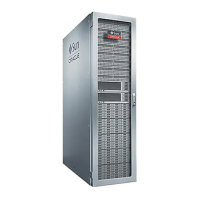
